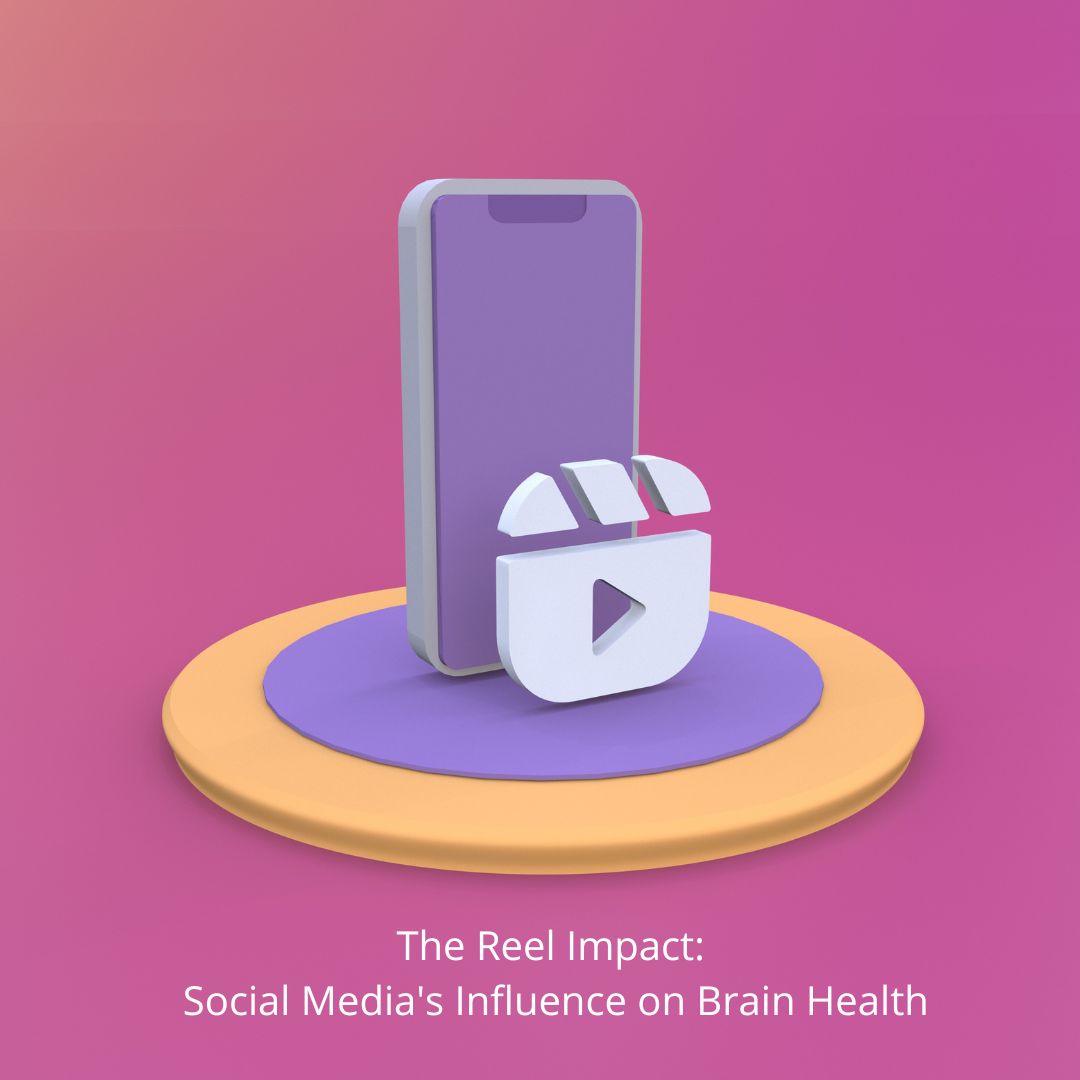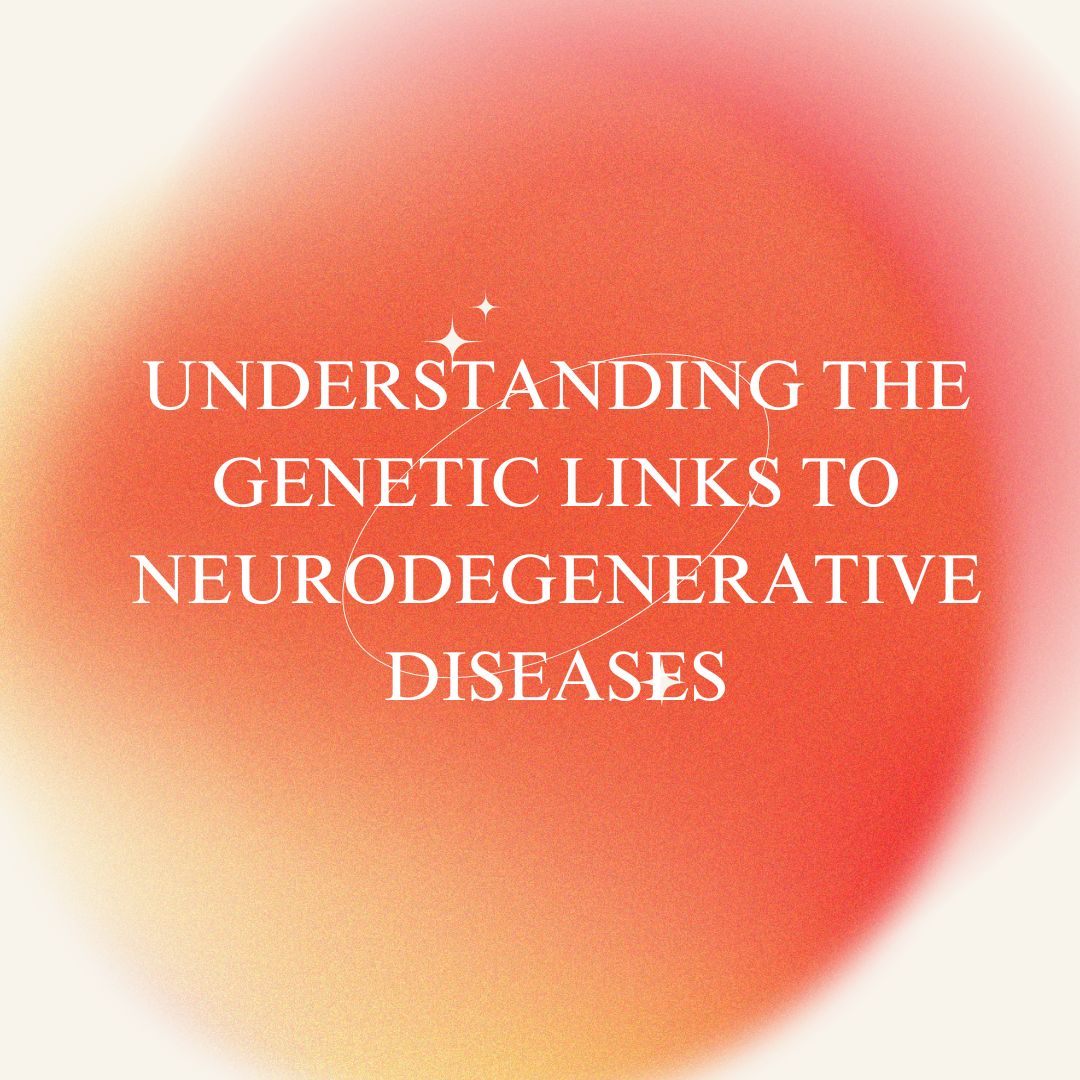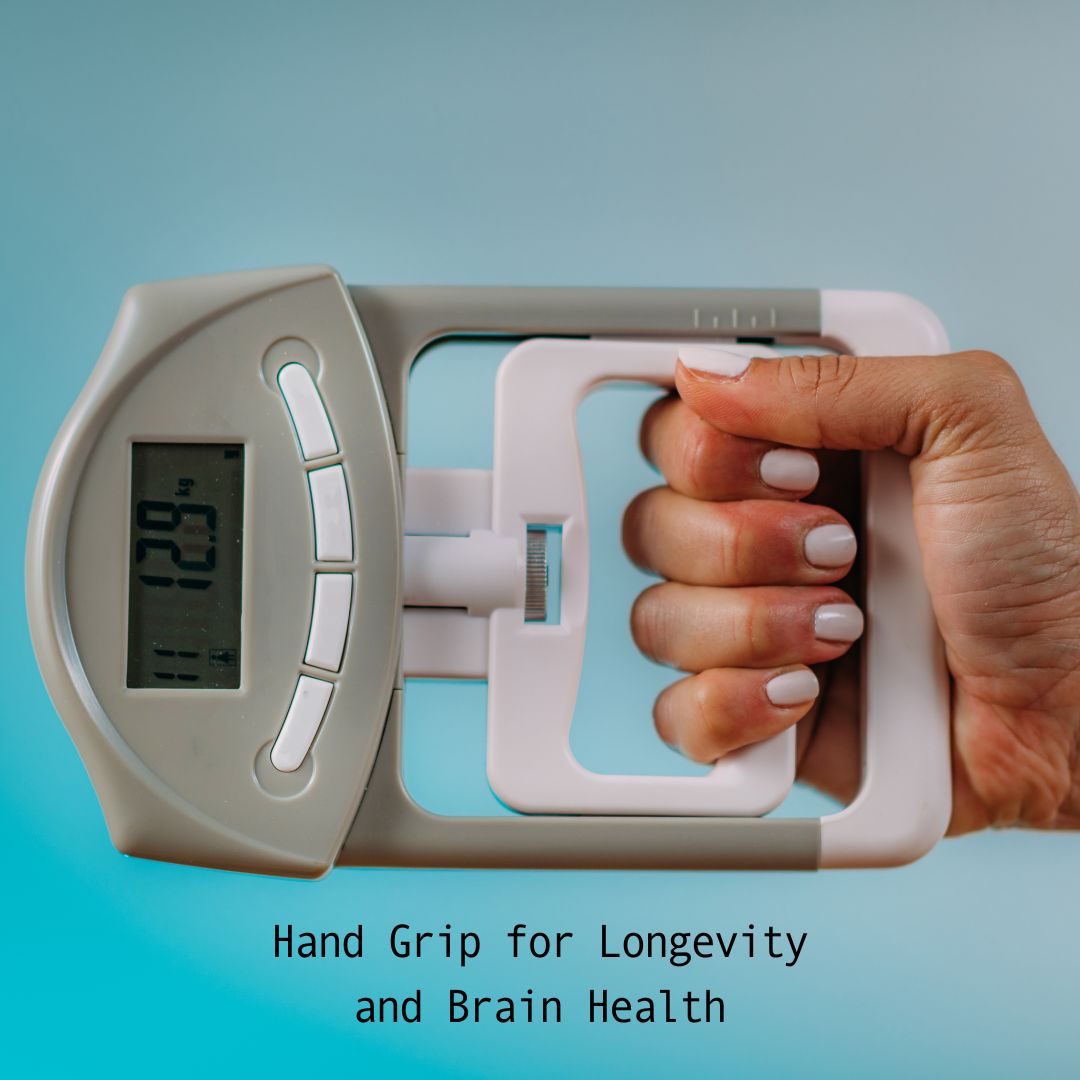What is the P-tau 217 test?

The P-tau 217 test is a new blood test from Neurocode that could help doctors identify Alzheimer’s disease (AD) more quickly and earlier than ever. It is available at labs, such as Quest, LabCorp, etc., with a physician’s orders. It looks for a specific form of a protein called tau in your blood. This protein can indicate brain changes associated with Alzheimer’s. Why is this test exciting?
- This test is generating buzz because of its simplicity. Unlike more complex brain scans or spinal fluid tests, it only requires a blood sample. This straightforward process can provide peace of mind to those undergoing the test.
- Accurate: Early studies show it’s very good at detecting Alzheimer’s, even before symptoms appear.
- Early detection: It might help identify Alzheimer’s up to 20 years before symptoms start in people with genetic risk.
Just like how we can test fasting insulin, which can be predictive of insulin resistance and Type 2 diabetes years and possibly decades before the disease, we can know our risks decades before disease progression with Alzheimer’s.
How does the P-tau 217 Identify Alzheimer’s?
- When you get the test, a healthcare provider will take a small blood sample from your arm.
- The healthcare provider will send the sample to a special lab.
- The lab measures the amount of P-tau 217 in your blood.
What do the P-tau 217 results mean?
The test results usually fall into three categories:
- Negative: Suggests a lower chance of having Alzheimer’s.
- Intermediate: Unclear result; might need more testing.
- Positive: Indicates a higher likelihood of Alzheimer’s-related brain changes.
Is this test available now for early Alzheimer’s detection?
Yes, it is available at labs, such as Quest, LabCorp, etc., with a physician’s orders. You can also sign up for an account at Apollo Health to do a more comprehensive BrainScan. This test looks at P-tau 217, Glial Fibrillary Acidic Protein (GFAP), and Neurofilament Light Chain (NfL).
Glial Fibrillary Acidic Protein (GFAP) is a protein typically found in specific brain cells called astrocytes. These astrocyte cells play a crucial role in supporting and protecting neurons, the primary cells responsible for transmitting information in the brain. Under normal circumstances, GFAP remains within these cells. It isn’t detectable in the blood.
When neurons are damaged or begin to degenerate, Neurofilament Light Chain (NfL) is released into the surrounding environment. This release allows it to be detected in cerebrospinal fluid (CSF) and, in smaller quantities, in blood.
Why Combine These Biomarkers (P-tau 217, GFAP, and NfL)?
- Complementary Information: Each biomarker provides different information about the disease process:
- P-tau 217 is specific to AD pathology
- GFAP indicates astrocyte activation and inflammation
- NfL reflects general neuronal damage.
- Improved Accuracy: By combining these biomarkers, researchers and physicians can create a more comprehensive picture of what’s happening in the brain. This approach has been shown to improve the accuracy of AD diagnosis and prediction. It is more reliable compared to using any single biomarker alone.
- Earlier Detection: The combination of these biomarkers can detect AD-related changes in the brain years before symptoms appear. This early detection is crucial for potential interventions and treatment planning.
- Reduced Uncertainty: Using multiple biomarkers helps to reduce the number of “intermediate” or uncertain results. This means fewer patients receive inconclusive diagnoses. Inconclusive results can be frustrating and anxiety-inducing.
- Differentiation from Other Conditions: The combination can help distinguish AD from other types of dementia or cognitive impairment. This distinction is vital for proper treatment and care.
Why This Approach Provides More Accurate Results for Alzheimer’s
- Capturing Different Aspects of the Disease: AD involves various processes in the brain, including protein accumulation, inflammation, and cell death. By measuring biomarkers that reflect these different processes, we get a more complete picture of the disease state.
- Compensating for Individual Variability: Not everyone with AD will show the same biomarker levels. We can account for this variability by looking at multiple markers and still accurately identify the disease.
- Increased Sensitivity and Specificity: The combination of biomarkers increases the test’s sensitivity (ability to correctly identify those with the disease) and specificity (ability to correctly identify those without the disease).
- Longitudinal Tracking: These biomarkers can be measured over time. This allows doctors to track the progression of the disease and assess the effectiveness of treatments.
These tests could be most helpful for people over 50 with memory or thinking problems. However, Dr. Dale Bredesen, author of The End of Alzheimer’s and The First Survivors of Alzheimer’s suggests starting to test at age 35-40. He recommends repeating the test every 5 years.
How might this test change Alzheimer’s care?
- The P-tau 217 test could help diagnose Alzheimer’s earlier and more accurately.
- Allow people to plan for future interventions and consider diet/lifestyle changes if they’re at risk.
- Help researchers find participants for new drug trials.
- It could lead to better treatments by catching the disease early.
As research progresses, it may become a valuable tool in the fight against this challenging condition. This test represents a significant advancement in Alzheimer’s diagnostics. It offers a less invasive and potentially more accessible early detection and intervention method.
Join the Movement
Stay informed, get inspired, and connect with a like-minded community of women passionate about brain and hormone health. Subscribe to our newsletter below and explore how you can elevate your mind and life. Together, we’ve got this!
Medical and Affiliate Disclaimer
I am not a licensed medical professional, and the information I’ve shared in this blog post is for general informational purposes only. The content of this blog post is not intended to substitute for professional medical advice, diagnosis, or treatment. Always seek the advice of your physician or other qualified health provider with any questions you may have regarding a medical condition.
This blog post may contain affiliate links. If you click on these links and make a purchase, I may receive a commission at no additional cost. As an Amazon Associate, I earn from qualifying purchases.





